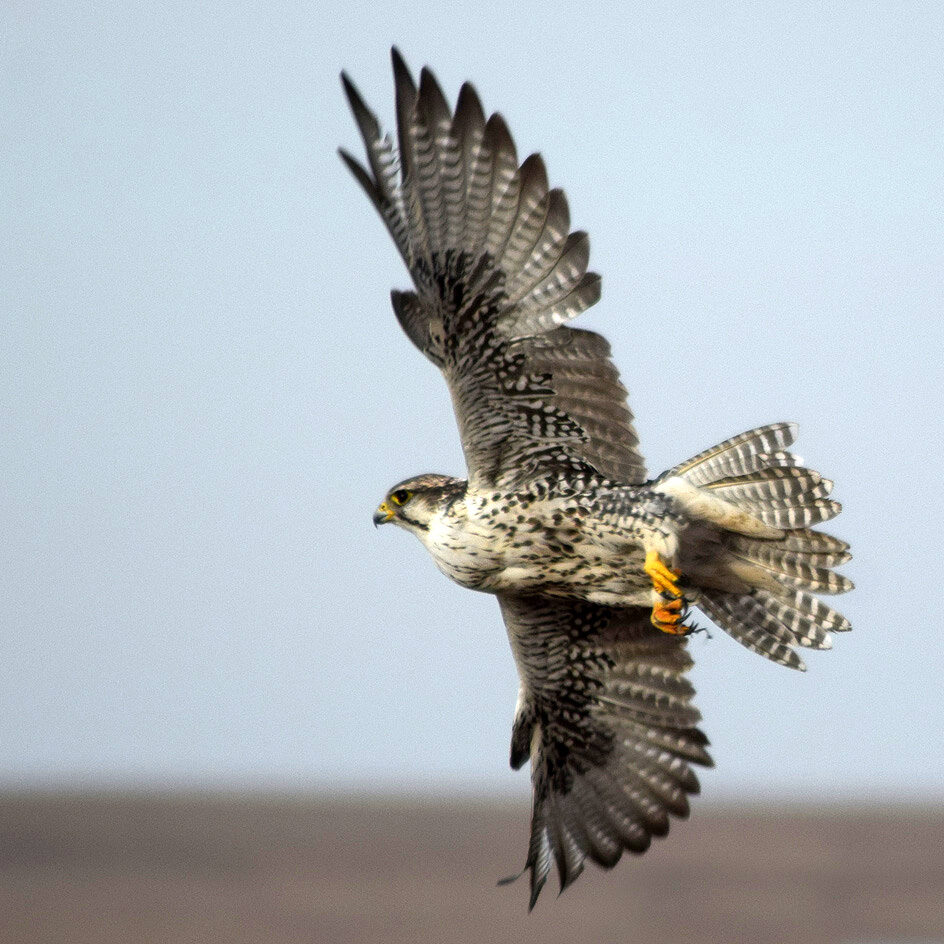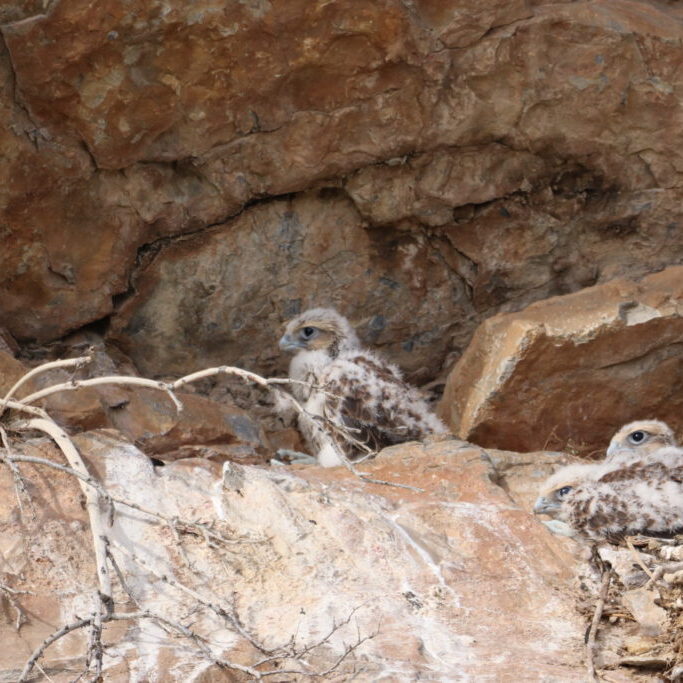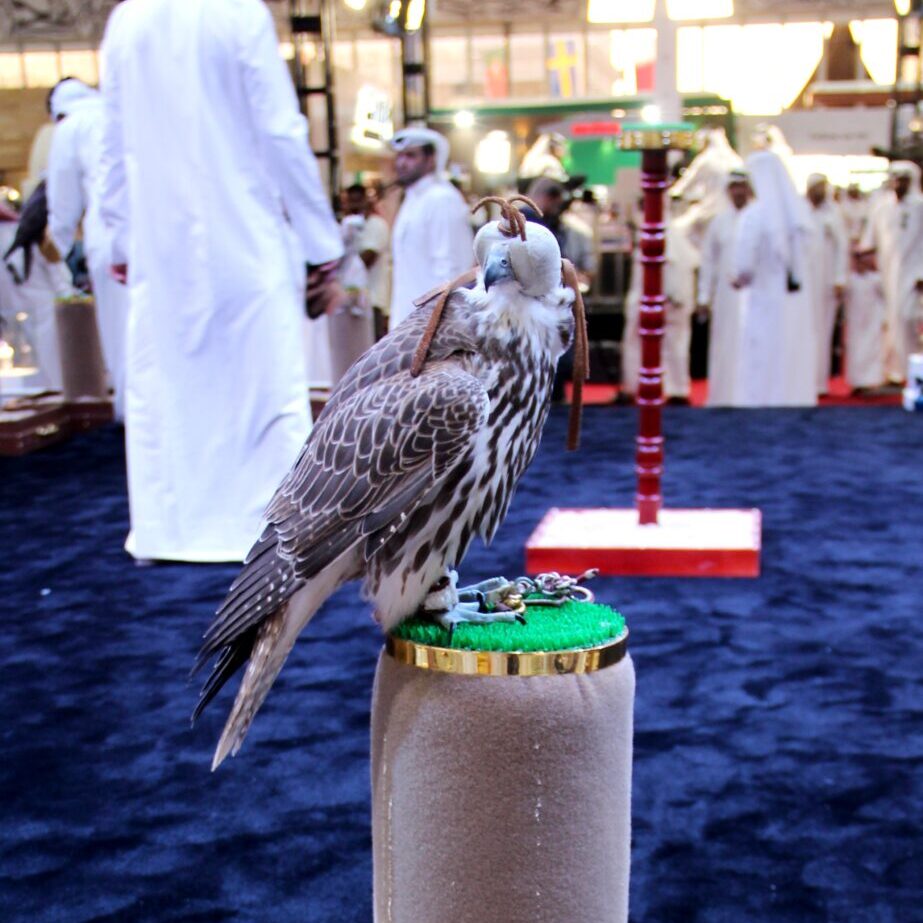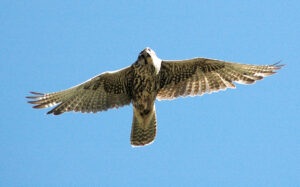Saker falcons in Kazakhstan
About the project

Problem
Saker Falcon (Falco cherrug) is a large breeding, migrating, and wintering falcon in Kazakhstan, which was a common species here once, but in recent years has become extremely rare and completely disappeared in some areas. Today, the Saker Falcon is on the IUCN International List as Threatened and is declining in numbers. Saker Falcon is also included in the list of Rare and Endangered animal species of Kazakhstan. According to some reports, the Saker Falcon population has decreased by more than 90% in Kazakhstan. In recent years, comprehensive censuses of the number of this species have not been carried out in Kazakhstan.
Threats
The main reason for the decline in the Saker Falcon population is illegal catching and smuggling into the Persian Gulf countries for resale for falconry. Thus, according to the UAE Nature Protection Agency, the annual harvest of the Saker Falcon in the Arab countries is about 6825 – 8400 birds (Fox 2002, ERWDA 2003).
The second most important problem that negatively affects the Saker Falcon population is its death from electric shock on overhead power lines (OPL) with a capacity of 6-10 kV.


Solutions
We are trying to find solutions to both identified problems. While the problem of illegal catching requires a lot of work with law enforcement agencies, as well as some form of confrontation with an organized criminal group who have arranged the illegal Saker Falcon export from Kazakhstan, the problem of bird mortality on overhead power lines only requires a rather coordinated and firm position of the relevant environmental ministry.
A separate issue requiring the attention of the Government and the scientific and civil community is the need to take measures to restore the Saker Falcon population. Illegal catch for the purposes of falconry has one bad particularity: mainly larger females are caught. As a result, the sexual imbalance of Saker Falcon in the natural environment has reached a destructive level, when independent restoration of numbers in some groups is impossible without human intervention.
The existing practice of releasing falcons in Kazakhstan needs to be reviewed, since they carry many risks and do not share information. Any release of falcons, in the opinion of BRCC experts, should minimize the risks of introducing alien species and subspecies, the risks of releasing birds with zero reproductive potential into the wild, and also should take into account factors affecting the survival and adaptation of birds to the natural conditions of Kazakhstan.
BRCC is trying to build a dialogue with the relevant environmental ministry, as well as international organizations involved in the reintroduction of the Saker Falcon, in order to develop optimal measures and approaches to restore the Saker Falcon population in Kazakhstan.

